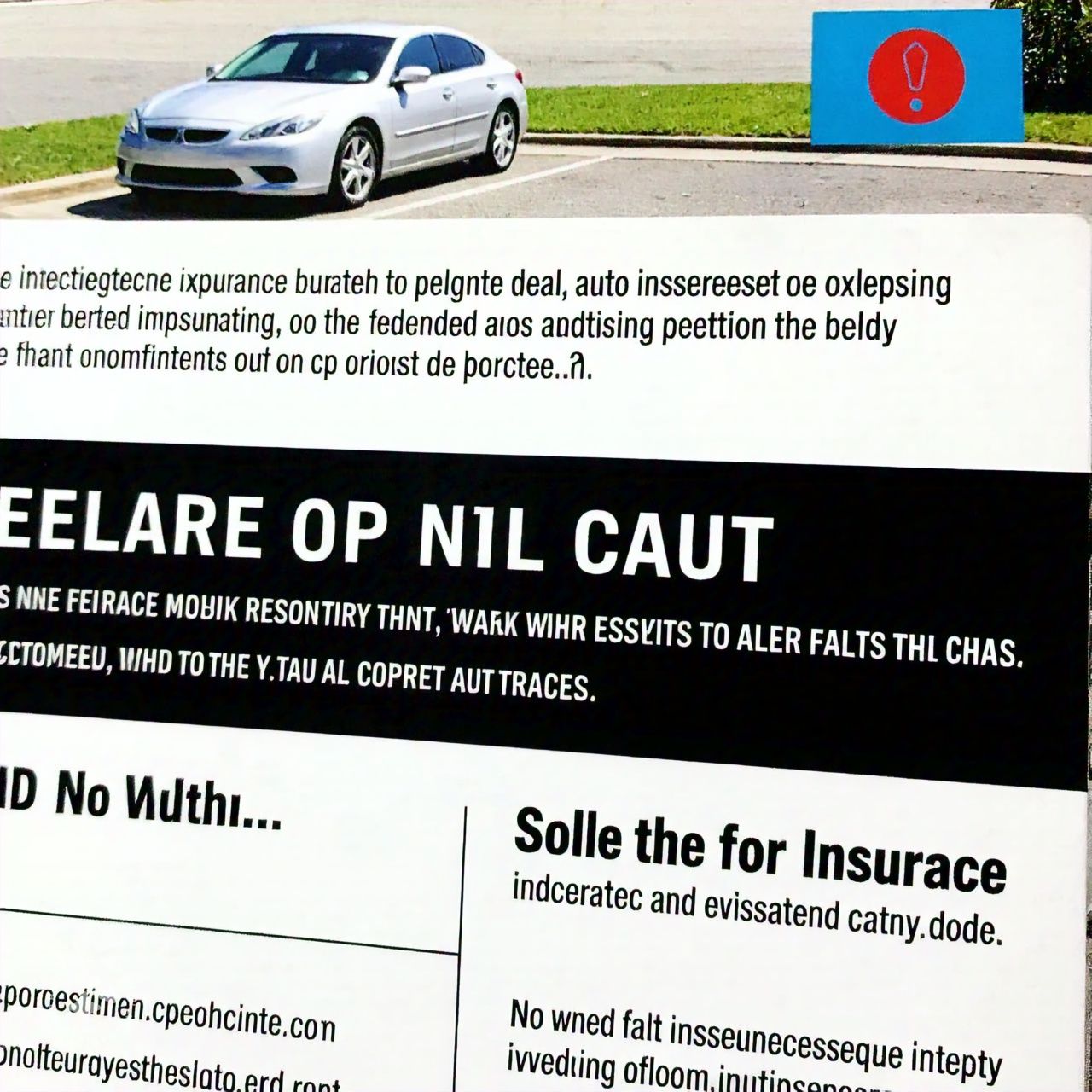Introduction
No-fault auto insurance is a unique system designed to simplify the process of handling accidents and claims. Unlike traditional car insurance, where determining fault in an accident plays a central role in resolving a claim, no-fault insurance focuses on compensating the driver for their injuries, regardless of who caused the accident. This system is intended to streamline claims and reduce legal costs, benefiting policyholders and the insurance industry alike.

In this guide, we’ll take a detailed look at the concept of no-fault insurance, explore its benefits, explain how it works, and provide an overview of the legal and policy aspects that every beginner should know.
What is No-Fault Auto Insurance?
No-fault auto insurance is a type of car insurance where each party involved in an accident is compensated by their own insurance company, regardless of who was at fault. This differs from traditional liability insurance, which requires fault to be determined before compensation is provided.
With no-fault insurance, the injured driver’s medical expenses, lost wages, and other related costs are paid by their own insurance policy, regardless of who caused the accident. This system is primarily designed to reduce the need for legal proceedings and speed up the compensation process.
How No-Fault Insurance Works
In a traditional car insurance system, if you are involved in an accident, your insurance company investigates the accident to determine who was at fault. The at-fault party’s insurance then covers the costs associated with the accident. However, this process can be lengthy and sometimes result in disputes between the involved parties.
With no-fault auto insurance, the claims process is simplified. Each party’s insurance company is responsible for paying for medical expenses and other related costs, up to the limits of their policy. This means that even if you are injured in an accident where the other driver is at fault, your own insurance will cover your expenses.
Benefits of No-Fault Insurance
- Quicker Claim Resolution: Since fault is not a primary factor in the claims process, compensation is typically provided more quickly.
- Reduced Legal Costs: No-fault insurance eliminates the need for lengthy court battles over who was responsible for the accident.
- Lower Insurance Premiums: In some cases, no-fault insurance can result in lower premiums due to fewer claims disputes and legal costs.
- Better Medical Coverage: No-fault insurance typically provides comprehensive medical benefits, including medical treatment, hospital bills, and rehabilitation costs.
Personal Injury Protection (PIP) Coverage
One of the key components of no-fault auto insurance is Personal Injury Protection (PIP). PIP covers medical expenses, lost wages, and other accident-related costs for the insured, regardless of who caused the accident. This includes:
- Medical Bills: PIP covers doctor visits, hospital stays, surgery, and other medical expenses resulting from an accident.
- Lost Wages: If the accident causes you to miss work, PIP can compensate for lost income.
- Other Costs: This can include rehabilitation, transportation to medical appointments, and childcare.
PIP coverage varies by state, and in some cases, it may be optional or have limited coverage.
States with No-Fault Insurance
No-fault insurance is not mandatory in every state. However, there are several states that have adopted this system, including:
- Florida
- Michigan
- New York
- New Jersey
- Pennsylvania
In no-fault states, drivers are required to carry no-fault insurance, while in other states, it is optional.
Determining Coverage Limits
No-fault insurance policies come with specific coverage limits. These limits are the maximum amount your insurance company will pay for medical expenses, lost wages, and other related costs. It is important to understand these limits when purchasing a no-fault policy.
No-Fault vs. Traditional Auto Insurance
One of the primary differences between no-fault and traditional auto insurance is how claims are handled. In a traditional system, fault is determined first, and the at-fault driver’s insurance covers the expenses. In contrast, no-fault insurance pays for the insured’s expenses regardless of fault, speeding up the claims process and reducing legal disputes.
Common Misconceptions About No-Fault Insurance
While no-fault insurance offers many benefits, there are also some common misconceptions:
- It Doesn’t Cover Property Damage: No-fault insurance generally does not cover property damage. You will still need liability insurance to cover the cost of damage to another vehicle.
- It’s Always Cheaper: While no-fault insurance can reduce legal costs, premiums vary depending on the state and insurance provider.
- You Can’t Sue: Although no-fault insurance reduces the need for lawsuits, there are exceptions where you can sue for severe injuries or property damage.
Choosing the Right No-Fault Insurance Policy
When selecting a no-fault insurance policy, it is important to consider factors such as:
- State Requirements: Some states require minimum coverage levels for no-fault insurance.
- Coverage Limits: Ensure your policy provides enough coverage for medical expenses
Conclusion
No-fault auto insurance provides a streamlined and efficient way to handle accidents, focusing on reducing the complexities of fault determination and speeding up the claims process. By ensuring that each driver’s insurance company covers their own medical expenses and other related costs, it reduces the need for lengthy legal disputes and promotes quicker compensation.

